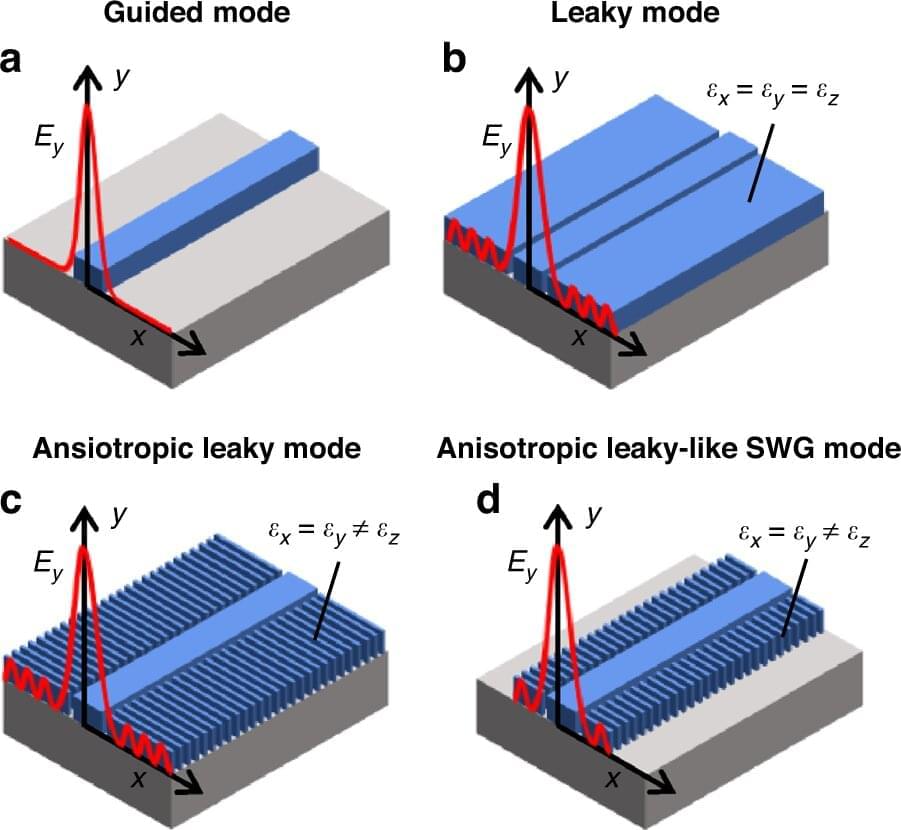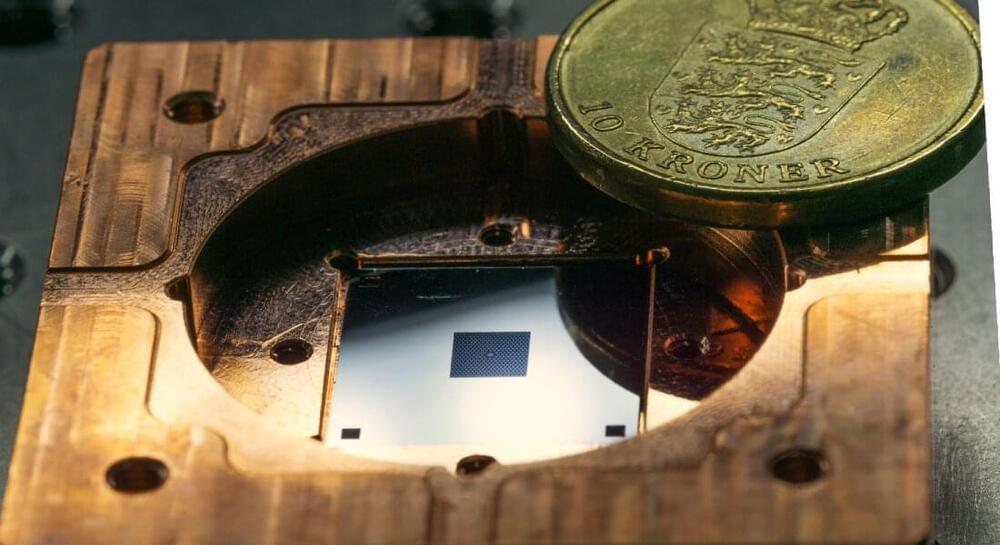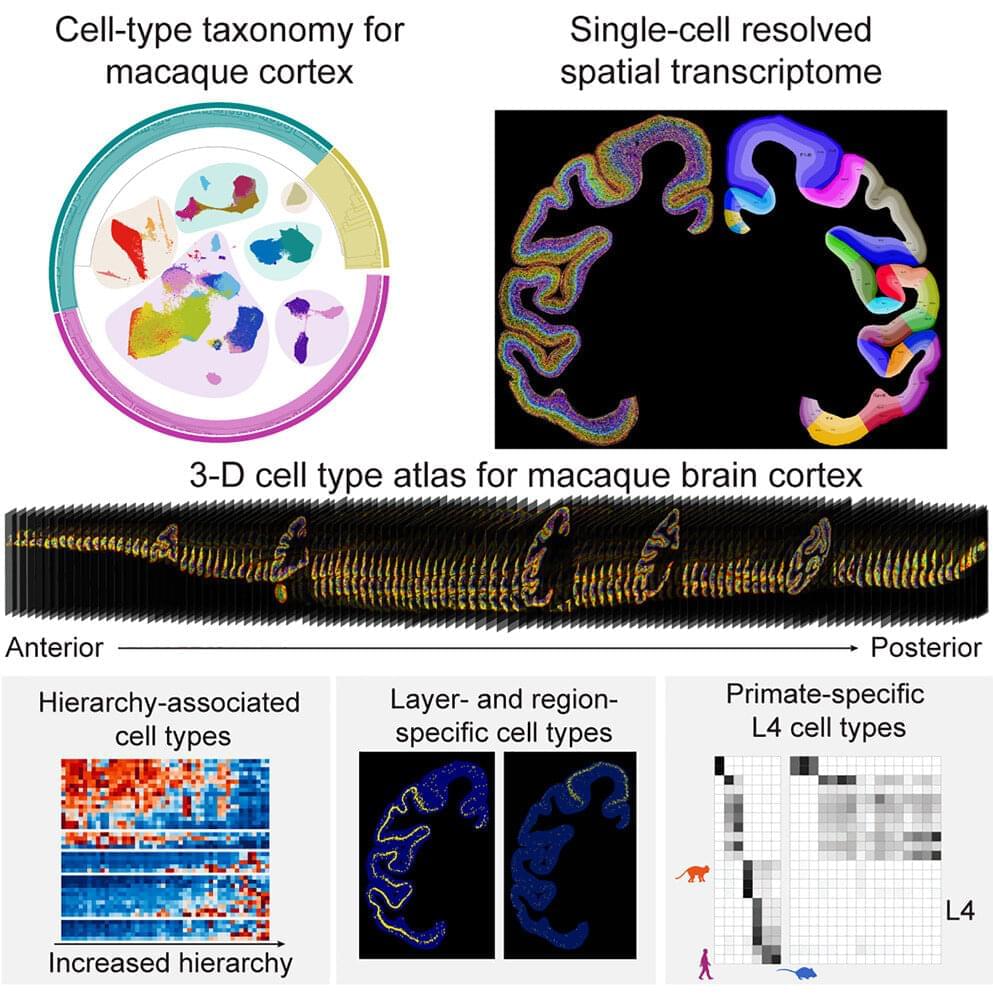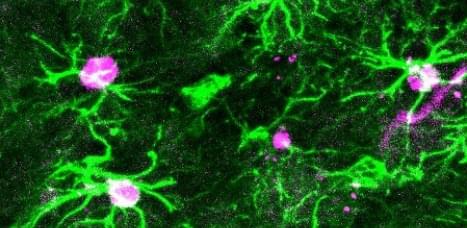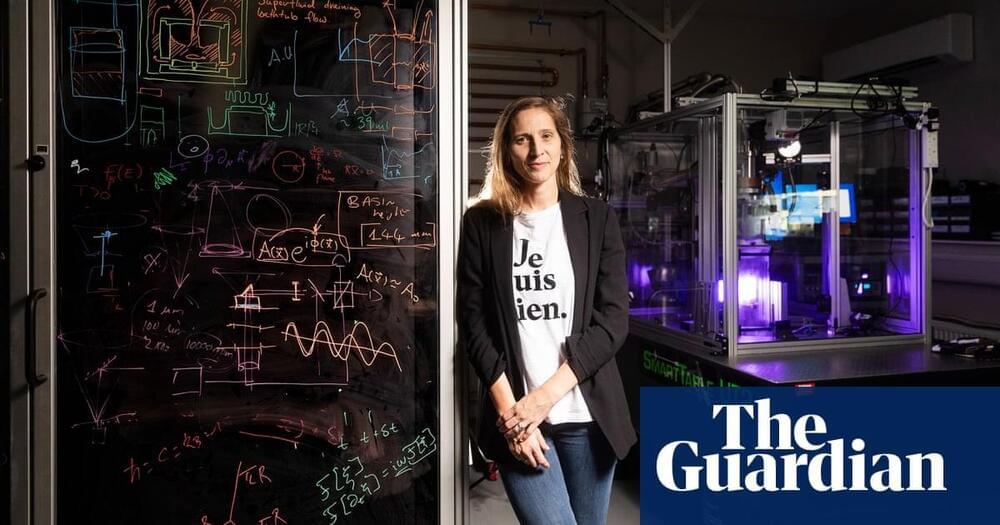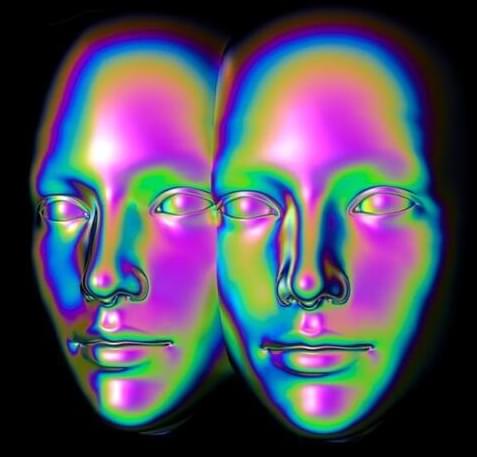Jul 14, 2023
Team unveils new path for dense photonic integration
Posted by Dan Breeden in categories: computing, quantum physics
Integrated optical semiconductor (hereinafter referred to as optical semiconductor) technology is a next-generation technology for which many researches and investments are being made worldwide because it can make complex optical systems such as LiDAR and quantum sensors and computers into a single small chip.
In existing semiconductor technology, the goal was to achieve units of 5 nanometers or 2 nanometers, but increasing the degree of integration in optical semiconductor devices can be said to be a key technology that determines performance, price, and energy efficiency.
A research team led by Professor Sangsik Kim of the Department of Electrical and Electronic Engineering discovered a new optical coupling mechanism that can increase the degree of integration of optical semiconductor devices by more than 100 times.
